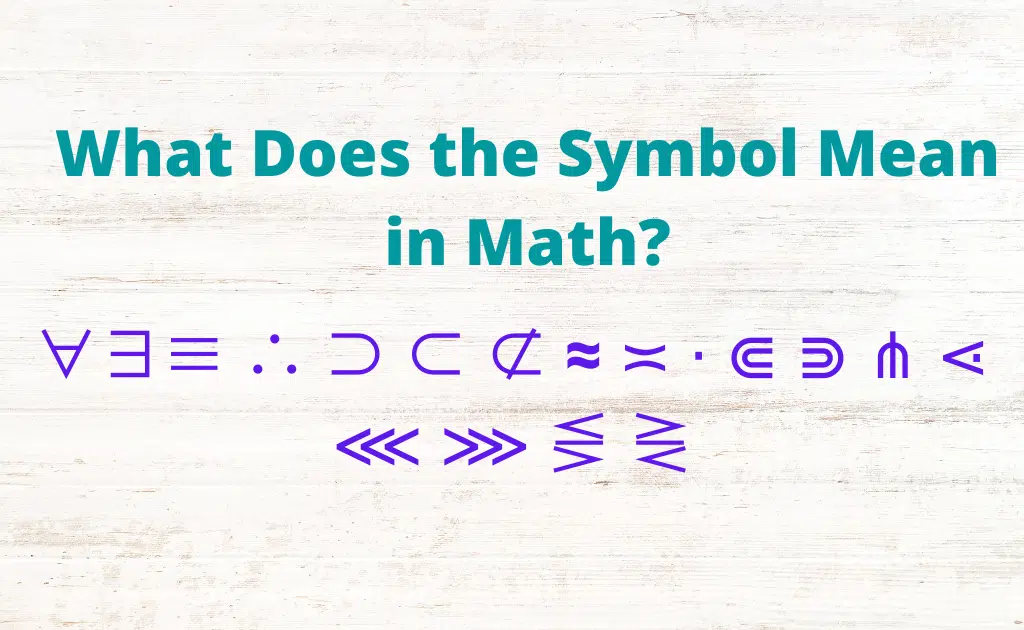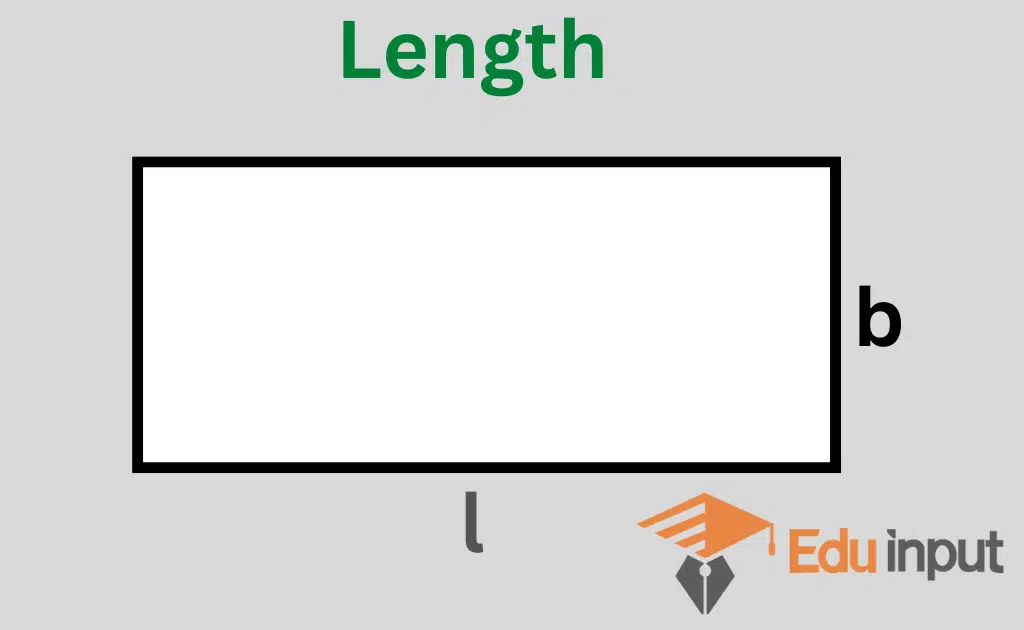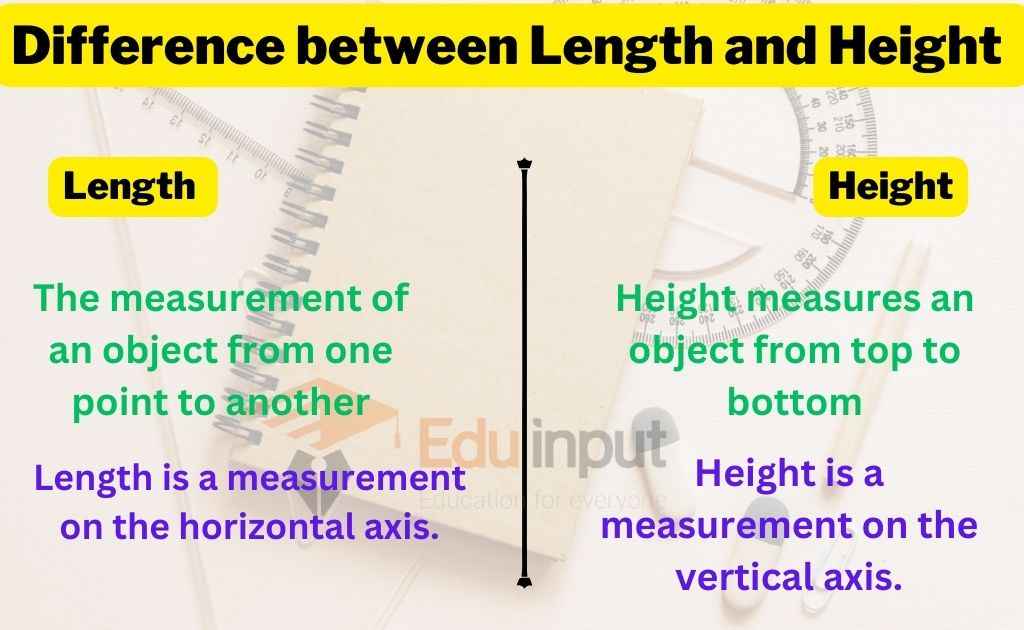Difference between Unit Fraction and Mixed Fraction
The key difference between a unit fraction and a mixed fraction is that a unit fraction represents a single part of a whole, while a mixed fraction represents a whole number combined with a proper fraction.

Unit Fraction Vs Mixed Fraction
| Unit Fractions | Mixed Fractions |
| Represents a single part of a whole. | Represents a whole number combined with a proper fraction. |
| The numerator is always 1. | The whole number part is always greater than 0. |
| Examples: 1/2, 1/3, 1/4. | Examples: 3 1/2, 2 2/5, 1 3/4. |
Unit fractions, such as 1/2, 1/3, and 1/4, represent a single part of a whole. In these fractions, the numerator is always 1, indicating that it represents one equal part of the whole.
On the other hand, mixed fractions, such as 3 1/2, 2 2/5, and 1 3/4, represent a whole number combined with a proper fraction. In these fractions, the whole number part is always greater than 0, and the proper fraction part represents a part of a whole.
Difference between Unit Fraction and Mixed Fraction
Unit Fractions:
- Represents a single part of a whole.
- The numerator is always 1.
- Examples: 1/2, 1/3, 1/4.
Mixed Fractions:
- Represents a whole number combined with a proper fraction.
- The whole number part is always greater than 0.
- Examples: 3 1/2, 2 2/5, 1 3/4.







Leave a Reply